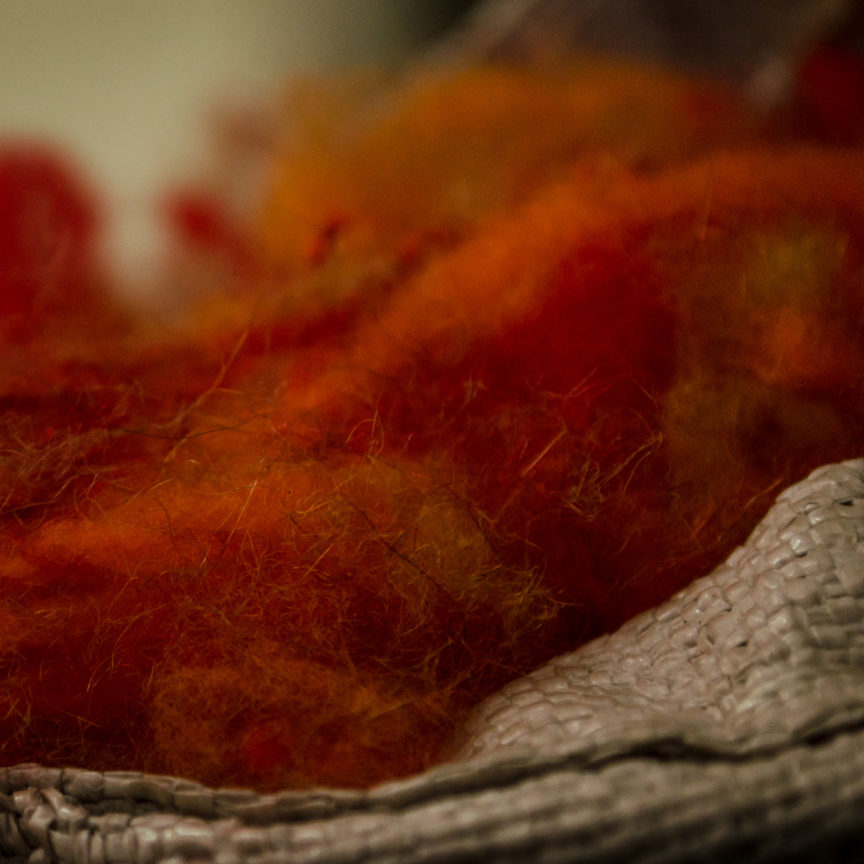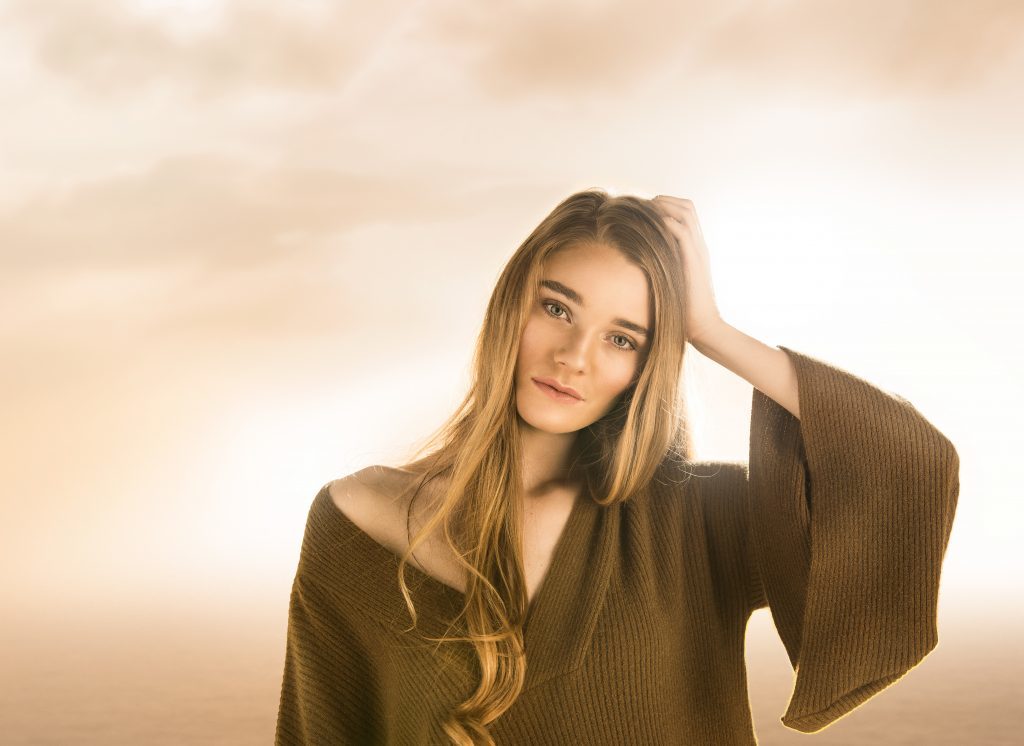Fur is popular on the global luxury scene for its incomparable warmth, durability to last generations and the sumptuous softness to touch. Now more than ever, designers and manufacturers alike are pushing the boundaries with this wonderful resource. Fur fashion trends can be seen everywhere – with people making statements or complementing their outfit with edgy accessories. Technologies are enabling designers to make fur trans-seasonal and even summer relevant, increasing appearances on celebrities and blogs.
Fur‘s increasing versatility due to new technology
New Zealand’s spinning mill Woolyarns is using an innovative technique with fur – blending the fibre of New Zealand’s national pest the brushtail possum with other luxury fibres into premium yarns that are gaining traction with international fashion designers. The resulting Perino by Woolyarns fabrics justify the 20-year process to get to where they are today – a new and completely original product that rivals 100% cashmere and superfine merino in terms of softness, warmth and pilling factors. It is a nice alternative to angora, yak, bison and mink that are known for their exclusivity, warmth and soft handle.
Fur has reached new heights in terms of innovation and creativity with designers developing various products across their collection. Trends for 2016 include fur sandals, quirky accessories and handbag charms, bags, youthful bomber jackets and classic coats. Colour is vibrant and varied, with many jackets and coats incorporating techniques that show off a range of colours or create effective colour blocking. Texture can be created by embossing, cutting, layering and tabbing together – very skilled furriers are creating elaborate techniques that can be seen all over the catwalk.
Fendi is fur
This isn’t the first time we have mentioned the use of fur by international fashion house Fendi, and for good reason. Their use of fur is incredibly innovative and beautiful, with furry products across multiple collections. Karl Lagerfeld celebrated his 50th year with Fendi last year with a sophisticated “Haute Fourrure” fashion show. This year for Fendi’s 90th birthday another elaborate show was in order and further elevated the exciting work Lagerfeld is doing with fur.
Fendi has been promoting their fur collections using “Fendirumi” characters inspired by Japanese Kigurumi pop figures. They have had 2 metre tall performers dressed in fur costumes at events, shows and openings, perfectly promoting the ‘Fendi fun’ spirit. The eye catching characters and cartoonlike faces can be seen on keychains, handbags and jackets. The faces used in the collection relate to emoji’s and their expressive use in social media. Fittingly, this makes the garments and accessories completely Instagram-worthy, with images flooding the internet. These weird and wonderful designs are proving that fur can be youthful, fun and fashion forward.
Summer furs
The use of different techniques can make garments trans-seasonal or even summery, proving fur is accessible all year around. Use of fur in varying proportions on garments can make the overall effect lighter. An example of this could be having cuffs and collars in fur juxtaposed with another fabric compared to a full fur coat. Cutting, stretching and shaving techniques can create a finer effect making garments suitable for mild evenings or autumn and spring climates. Incorporating fur into embellishments or fabrics can add a textural or 3D element to a garment without being heavy with fur.
Fur fashion on show
Celebrities including Beyonce, Rihanna, Lady Gaga, Rita Ora, Cara Delavigne, Kim Kardashian and Kanye West have all proudly worn fashion forward fur pieces – reaffirming fur’s relevance for luxury fashion. They’ve worn it on the runway, in fashion magazines, in their free time, to work and in music videos. In the age of social media, celebrities are a huge influence on fashion trends. Their millions of social media followers make them an accessible source of fashion inspiration for the masses.
Similarly, hit television series have been using the versatile resource in costuming, adding to the amount of fur the common consumer sees. Game of Thrones, has gained record viewer numbers and regularly shows characters draped in fur to keep them warm in the harsh conditions depicted on the show. The various character groups have different coloured or styled furs to unify them as a culture.
Fur for our future
When compared to faux fur options, natural furs can be an environmentally friendly resource. Natural furs are biodegradable at the end of their long wearable lifetime. The Canadian fur council states, “Old fur apparel can even be composted for your garden!” Synthetic, faux fur options are made from petroleum which is a non-renewable resource. Acquiring petroleum can have detrimental effects on our environment when extracted and disposed of. Faux fur is also often used in throwaway, fast fashion garments as opposed to more luxurious real furs that wearers pass down through generations.
There are also furs sourced from the wild, with populations needing to be regulated for ecological conservation. Perino products are an example of this, with the fur trapped benefiting the native wildlife. Being an island, New Zealand is completely isolated, making the native birds and plant life incredibly precious to the county’s heritage. Introduced pests including the brushtail possum from Australia reap havoc on the natural balance of birds, plants and invertebrates and it is necessary to control the numbers for conservation. Fur trappers in New Zealand can work with the Department of Conservation to contribute to declining numbers. New Zealand Fur Council Chief Executive Neil Mackie says, “There are an estimated 35 million possums out there. Currently we are trapping and recovering fur from 20,000 possums a week. To meet the growing demand from our industry, we want to trap and recover up to 40,000 a week. That is 15 per cent of the total population of possums removed annually – and comes at no cost to the taxpayers.”
Jason Wu describes fur as just another fabric he can use to express his creativity. He is open about his stance on fur but also makes it clear that the use of fur doesn’t come without responsibility and uses Saga Fur as a way to prove traceability of his fur garments. Saga Fur is committed to keeping their fur farms well regulated with standards that ensure animal welfare is kept to a high standard. The treatment of the animals and procurement of the fur directly effects the standard of fur and the resultant garment or product. This prioritises animal welfare for fur farmers and trappers alike.
Fur for all!
The innovations of designers, manufacturers and furriers the world over all point to one thing; that fur fashion is here to stay. People can wear a little or a lot to get on board with fur trends all year around.
To learn more about the Perino by Woolyarns innovative yarn collection click here.


